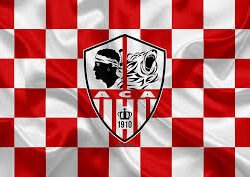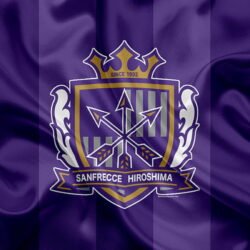The Barcelona Club has become synonymous with football excellence, passion, and a strong sense of identity that transcends mere sport. From its modest beginnings in the late 19th century to its status as one of the world’s premier football clubs, the journey of the Barcelona Club is not just about victories on the pitch; it’s a narrative woven through the cultural fabric of Catalonia and beyond.
History of Barcelona Club
To understand the significance of the Barcelona Club, one must delve into its rich tapestry of history. Founded in 1899 by a group of Swiss, Catalan, German, and English football enthusiasts led by Joan Gamper, the club began its journey in the heart of Barcelona, driven by a vision to create a platform for sports enthusiasts in the region.
Early Years and Formation
In the formative years of the Barcelona Club, the team faced numerous challenges, including limited resources and a lack of widespread popularity. The first official match was played in 1899 against a team from the University of Barcelona, setting the stage for what would become a fierce and enduring legacy.
The early 1900s saw the emergence of rivalries, particularly with Espanyol, which laid the groundwork for the intense local competition that characterizes Spanish football today. In 1910, FC Barcelona moved to its first dedicated stadium, the Camp de la Indústria, which allowed the club to host larger crowds and refine its identity as a serious contender in regional competitions.
Golden Era of the 1920s
The late 1920s marked a significant turning point for the Barcelona Club. Under the presidency of Josep Sunyol, the club initiated a series of reforms and investments that elevated its status. The signing of star players such as Paulino Alcántara and the introduction of the famous club colors – blue and garnet – solidified its brand identity.
During this period, Barcelona won its first Spanish championship in 1929, announcing its arrival on the national stage. The influence of regional politics also began to shape the club’s identity, as it became a symbol of Catalan pride amid the rising tensions of the Spanish state.
Political Struggles and Resilience
With the outbreak of the Spanish Civil War in the 1930s, the Barcelona Club found itself at the center of political struggles. The club’s president, Josep Sunyol, was executed by Francoist forces, marking a dark chapter in its history. Despite these adversities, the commitment to the club’s ideals only grew stronger.
In the post-war era, the Barcelona Club emerged determined to reclaim its status. The late 1950s and early 1960s saw a revival, led by players like Alfredo Di Stéfano and the legendary goalkeeper Antoni Ramallets. The introduction of iconic figures further invigorated the team’s spirit, transforming it into a force both in Spain and across Europe.
Barcelona Club’s Most Iconic Players
Throughout its illustrious history, the Barcelona Club has been graced by some of the most extraordinary talents in football. These players have not only contributed to the club’s success but have also left an indelible mark on the sport itself.
The Magic of Lionel Messi
Arguably the greatest player to ever don the Barcelona jersey, Lionel Messi encapsulated everything the Barcelona Club stands for. Joining the youth academy, La Masia, at the tender age of 13, Messi quickly rose through the ranks.
His agility, vision, and unparalleled goal-scoring ability established him as a global icon. Over two decades, he shattered records, amassed numerous titles, and inspired countless fans worldwide. His departure in 2021 marked the end of an era, leaving fans reminiscing about unforgettable moments that shaped modern football.
Johan Cruyff: The Visionary
Before Messi, there was Johan Cruyff, whose impact on the Barcelona Club is immeasurable. As a player and later a manager, Cruyff introduced an innovative style of play known as “Total Football.” His philosophy emphasized ball possession, tactical awareness, and fluid movement, laying the foundation for Barcelona’s attacking identity.
Cruyff’s tenure in the 1970s transformed the club into a formidable force, culminating in the victory of the European Cup in 1992. His legacy lives on in the club’s DNA, influencing generations of players and coaches who followed.
Ronaldinho: The Entertainer
When Ronaldinho joined the Barcelona Club in 2003, he brought a flair and creativity that had been missing. With his dazzling skills, infectious smile, and charismatic personality, he captivated fans across the globe. He spearheaded a remarkable revival, leading the team to La Liga titles and the UEFA Champions League.
Ronaldinho’s influence extended beyond the pitch; he revived a sense of joy and passion within the club, reminding everyone of the beautiful game’s essence. His tenure at Barcelona was a celebration of talent and charisma, making him one of the club’s most beloved figures.
Xavi and Iniesta: The Midfield Maestros
Xavi Hernandez and Andrés Iniesta represent the pinnacle of midfield artistry. Their partnership blossomed during their time at La Masia, where they honed their skills before becoming pivotal to Barcelona’s success in the 2000s.
Their ability to orchestrate play, maintain possession, and control the tempo of the game redefined the role of midfielders. Together, they were instrumental in securing multiple domestic and international titles, embodying the essence of tiki-taka football that became synonymous with the Barcelona Club.





